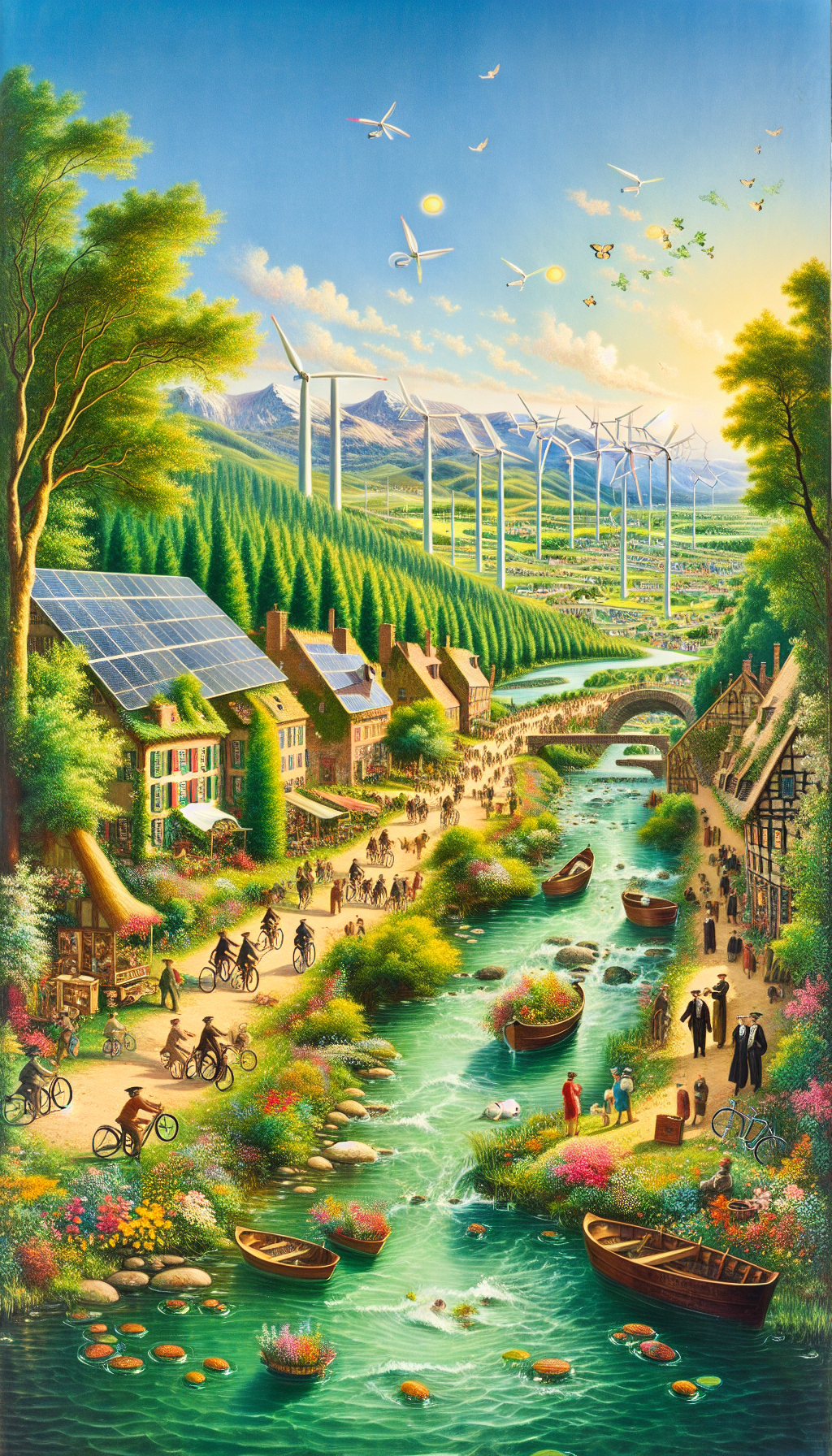Undoubtedly, renewable energy sources, such as wind, solar, and hydroelectric power, have gained significant traction. These harness natural elements to generate power, significantly reducing carbon emissions and promoting a healthier planet. However, in addition to these technologies, nature itself offers a wealth of potential solutions.
Forests, for example, are a critical component in the fight against climate change.
These carbon sinks absorb and store CO2 from the atmosphere, helping to balance the global carbon cycle. Encouraging reforestation and sustainable forest management can significantly boost the planet’s carbon storage capacity. Right now, globally, various initiatives are focusing on planting trees and preserving forests to safeguard this natural defense against climate change.
Beyond forests, looking towards our oceans brings another perspective to the table. Oceans act as massive carbon sinks, absorbing about a quarter of all CO2 emissions. However, they are under threat due to pollution, overfishing, and rising temperatures. Protecting our oceans is, therefore, crucial in the climate solution mix. Marine protected areas, sustainable fishing practices, and clean-up initiatives are all part of this oceanic solution.
Agriculture too plays a pivotal role in shaping our climate future. Currently, there’s a growing recognition of regenerative agriculture – a system of farming principles that rehabilitates and enhances the entire ecosystem. It increases biodiversity, enriches soils, improves watersheds, and enhances ecosystem services.
By cultivating agricultural practices that contribute to the health of the planet, we can turn a significant emitter of CO2 into a carbon sink.
Equally important are urban climate solutions. With the majority of the world’s population living in cities, it’s essential to develop metropolitan areas that are sustainable and resilient. Green roofs, urban farms, and renewable energy-powered public transport systems are just a few examples of how we can make our cities more climate-friendly.

The importance of individual actions should not be underestimated either.
Simple changes like reducing, reusing, and recycling, switching to plant-based diets, or walking instead of driving can make a significant difference. Each of us holds a piece of the climate solution puzzle.
Nature-based solutions to climate change, along with renewable energy and sustainable practices, are gaining momentum in today’s world.
They provide not just a way to mitigate the impacts of global warming, but also opportunities to create a more sustainable, resilient, and equitable world. Pushing for these solutions and continuing to explore new ones is crucial for our planet’s future. We are all part of this environmental equation.
And the time to act is now, today, to ensure a healthier tomorrow.